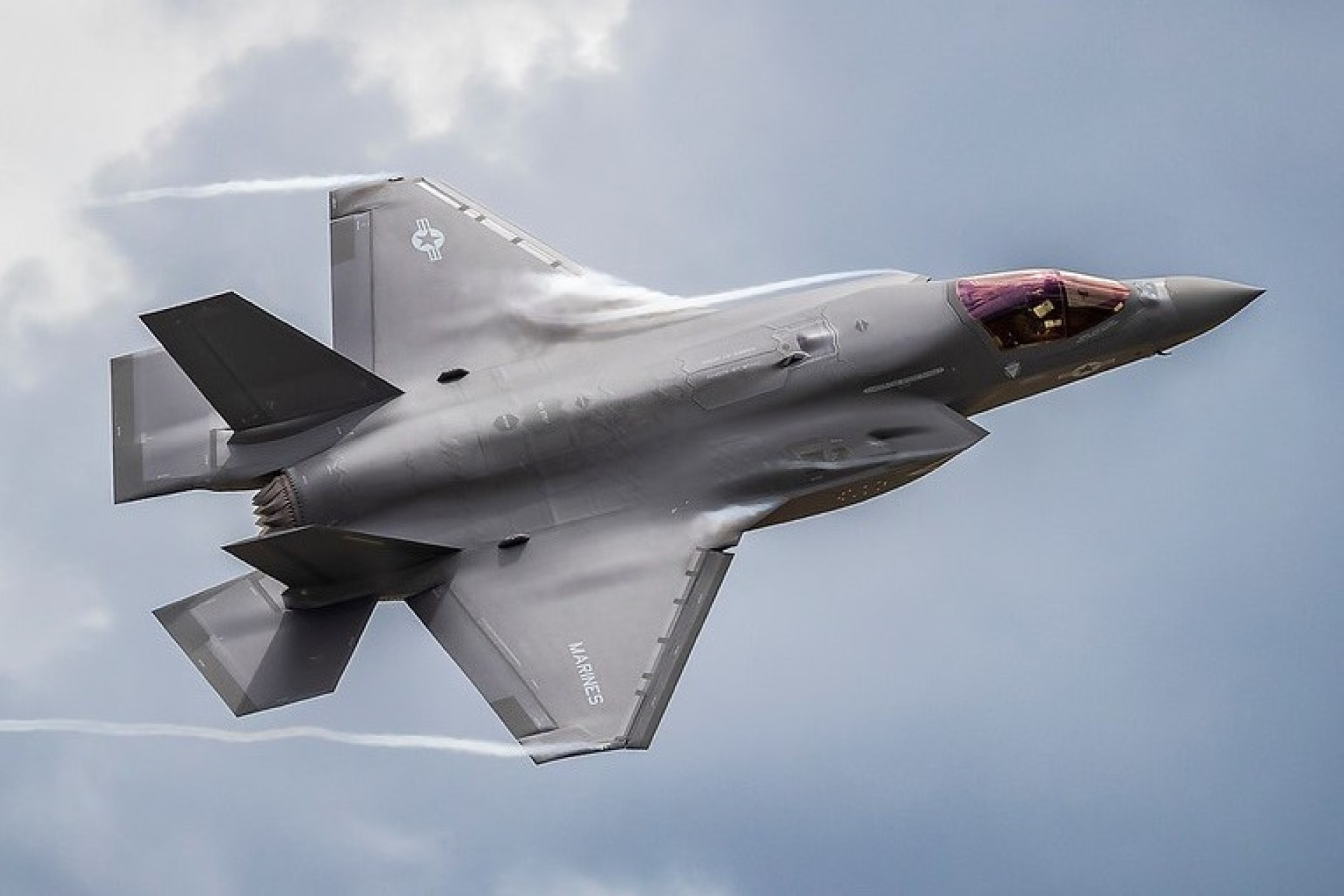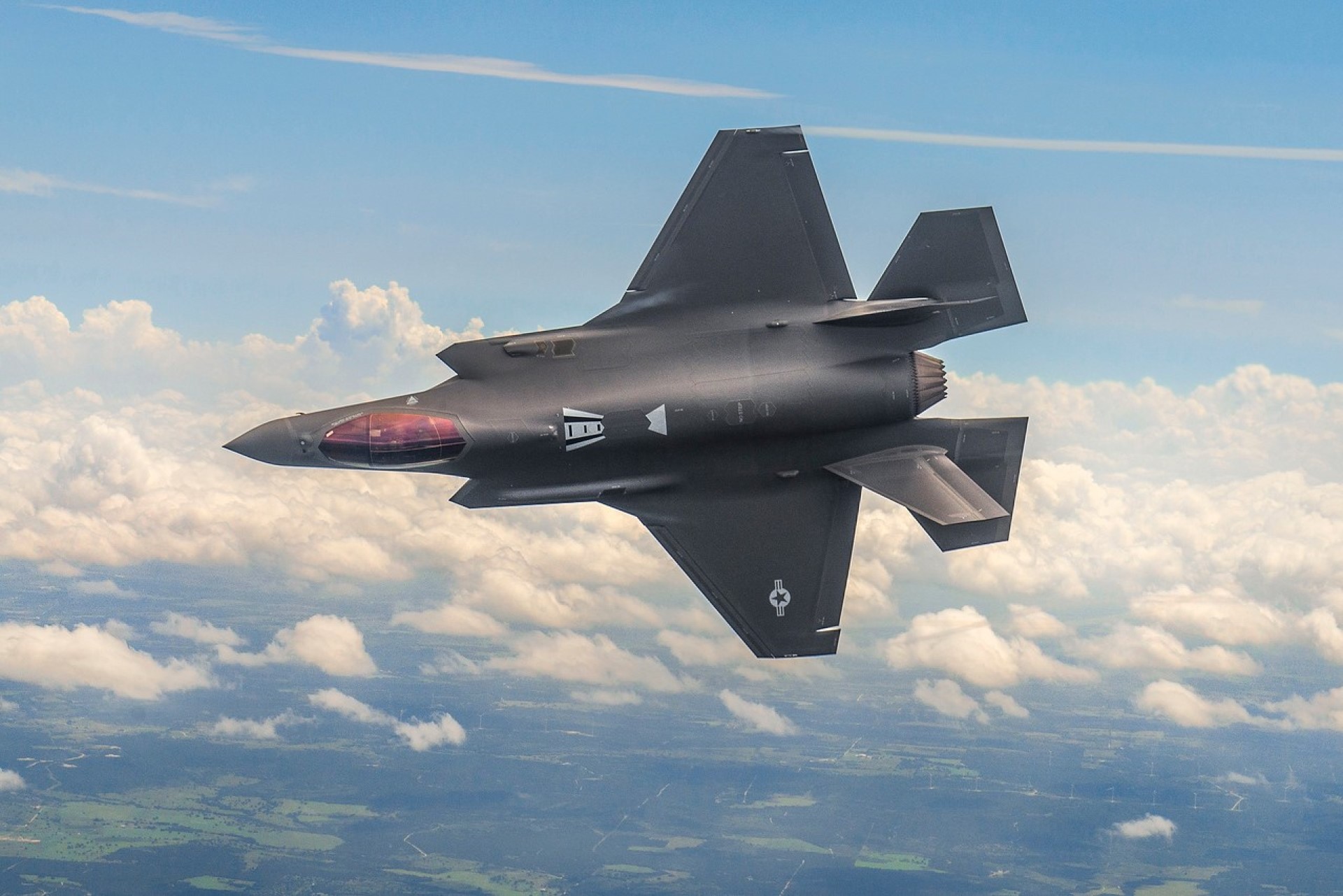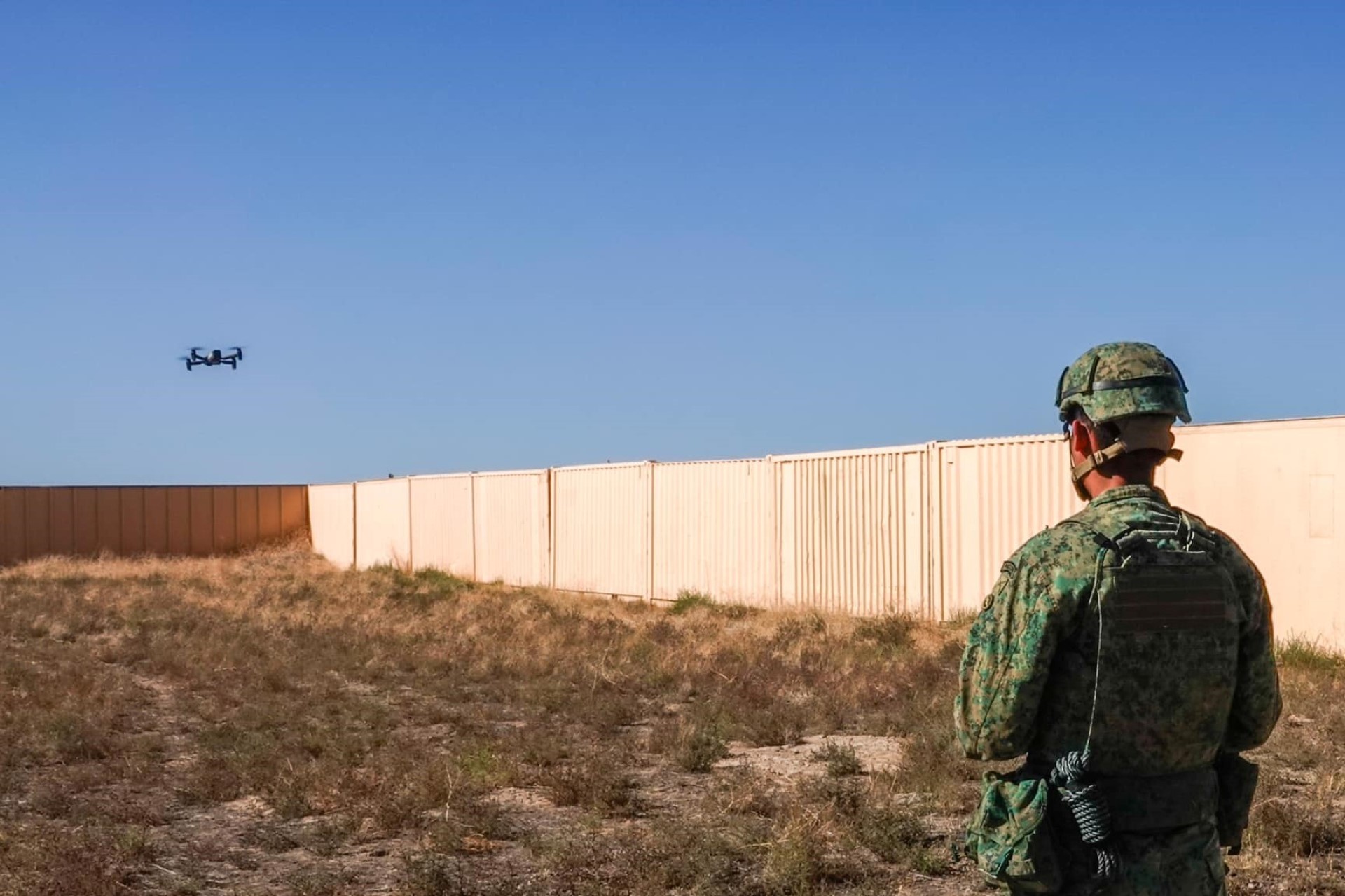OPS & TRAINING
MINDEF to acquire 8 F-35A fighter jets; platform upgrades on track
28 Feb 2024
The acquisition of eight new F-35A fighter planes, in addition to 12 F-35Bs previously announced, are part of a steady, long-term investment to build a strong SAF.
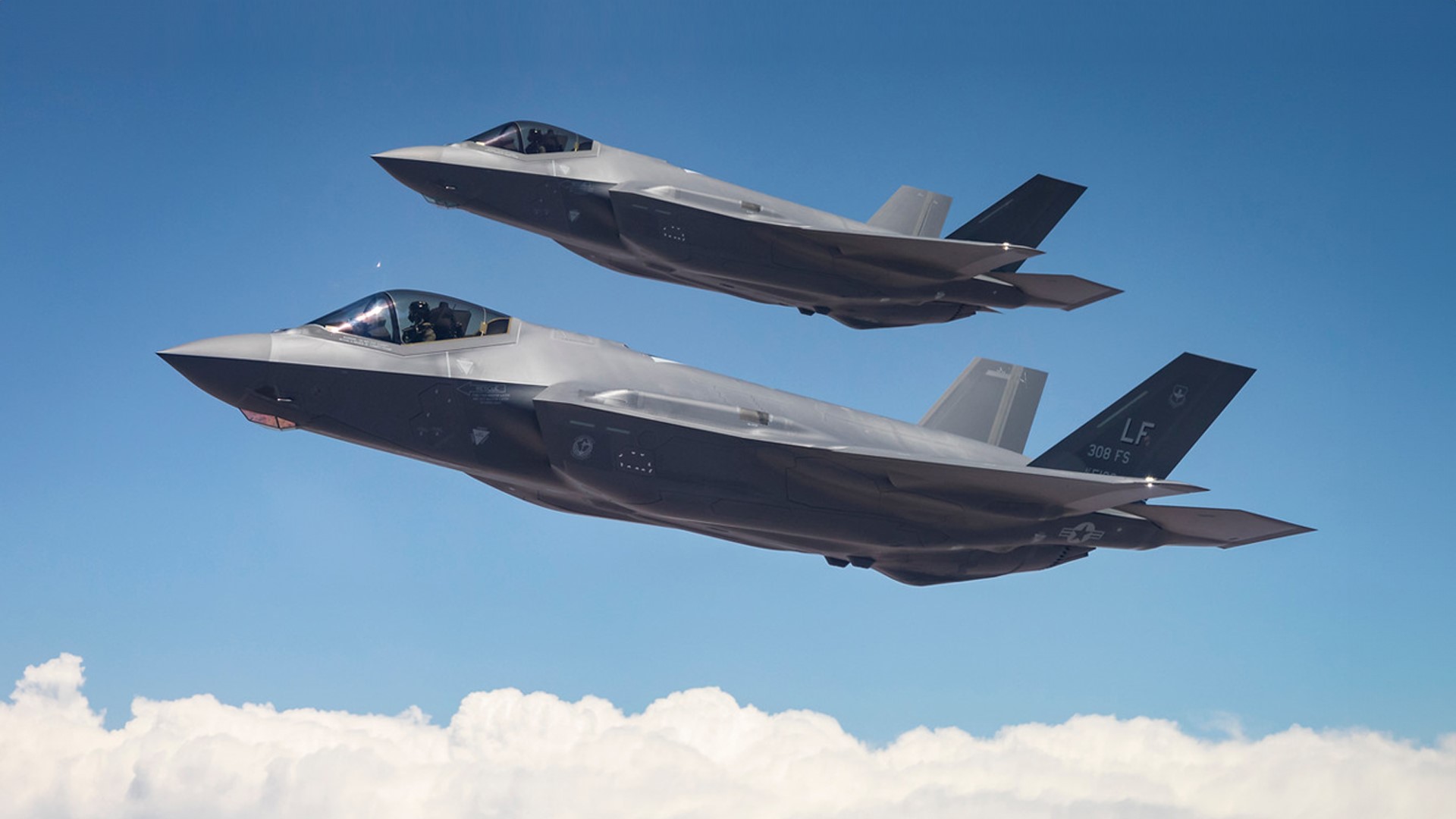
The Ministry of Defence (MINDEF) is acquiring eight new F-35As, in addition to 12 F-35Bs which have been bought and announced previously.
Designed for greater endurance and the ability to carry payloads of higher capacity, the F-35A variant will complement the F-35B's short take-off and vertical landing capability to provide greater operational flexibility in land-scarce Singapore.
These new fighter jets will replace the Republic of Singapore Air Force's (RSAF's) F-16s, which will be drawn down progressively from the mid-2030s, said Minister for Defence Dr Ng Eng Hen during the Committee of Supply Debate on the defence budget in Parliament on 28 Feb.
Future fleet of fighters
In an update of the acquisition timeline, Dr Ng said that the Singapore Armed Forces (SAF) will receive the first four F-35Bs in 2026, and the remaining eight in 2028.
The F-35As are estimated to arrive around 2030.
This means that the RSAF will operate the F-35As, F-35Bs and F-15SGs after the retirement of the F-16s.
These acquisitions are part of the SAF's sustained defence investments over the years.
"Steady long-term defence spending enables platforms and capabilities to mature over the necessary timeline, to enhance synergy and reap efficiencies," said Dr Ng.
While defence spending has increased slightly by 2.5 per cent this year, he noted that this was because MINDEF is gradually resuming projects and activities disrupted by the COVID-19 pandemic.

Greater endurance & payload capacity
Equipped with a lift fan, the F-35B allows the aircraft to take off in very short distances and perform vertical landing on areas smaller than conventional runways.
However, this means that the aircraft has less fuel capacity and a smaller payload compared to the F-35A variant.
With its conventional take-off and landing capabilities, the F-35A has a greater internal fuel capacity and can carry a higher weapon payload of more than 8,100kg, said Lieutenant Colonel (LTC) Zhang Jianwei in a media brief on 26 Feb.
The 41-year-old Head of Next-Generation Fighter Project Office from the RSAF's Air Plans Department explained that a large amount of order across the globe has kept the price of the F-35s competitive.
Equipped with low observable stealth technology, the F-35A is better able to evade enemy detection and operate undetected in environments of conflict.
The aircraft also has a suite of advanced sensors and communication devices to draw and share information from on-board sensors. It can create and share an integrated air situation picture with surrounding friendly assets, to enhance their situational awareness and survivability.
"Operating both (F-35) variants will allow the RSAF to better meet our range of operational needs in defending Singapore's skies," noted LTC Zhang.
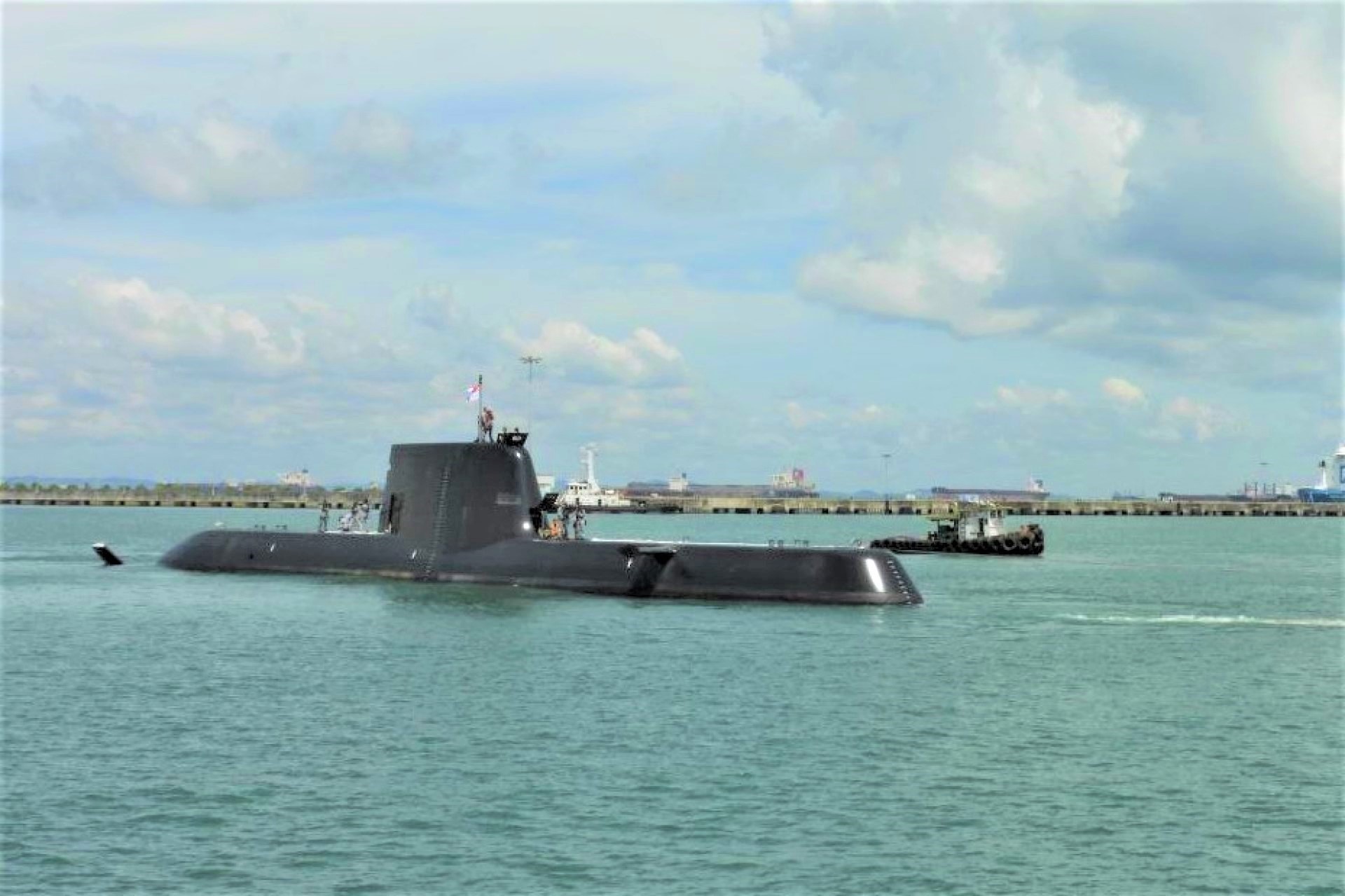
Strengthening Singapore's maritime & unmanned capabilities
On the seafront, the Republic of Singapore Navy (RSN)'s first Invincible-class submarine, Impeccable, is set to be commissioned later this year, said Dr Ng.
The fourth and final submarine will be launched within the same year in Kiel, Germany.
Custom-made for the RSN and Singapore's needs, all four submarines are expected to be operational around Singapore waters by 2028.
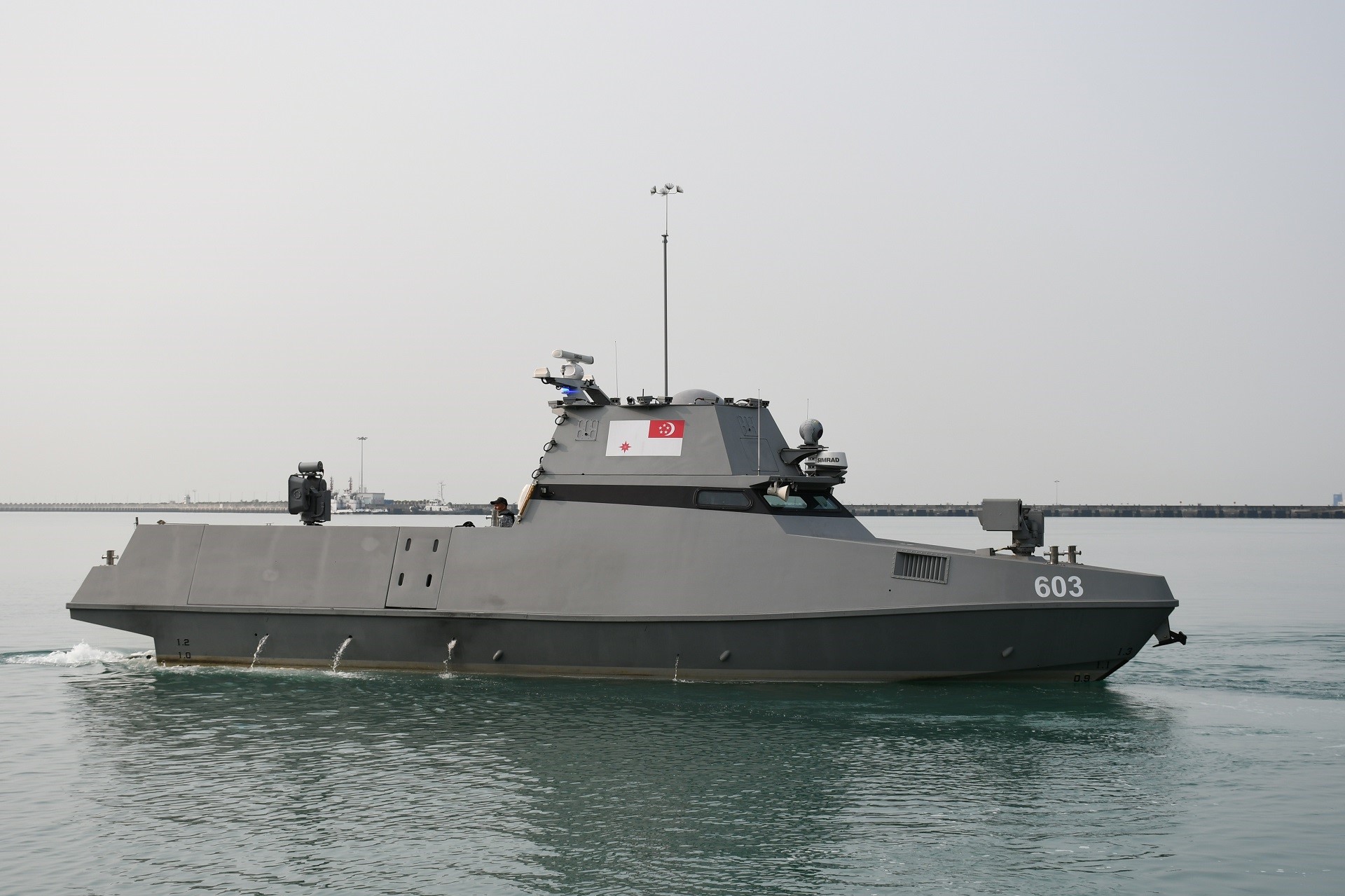
In the area of unmanned capabilities, the RSN's Unmanned Surface Vessels (USVs) will go fully operational this year. They will patrol the Singapore Strait alongside the Littoral Mission Vessels.
These USVs are fully autonomous and can navigate Singapore's busy shipping lanes, said Dr Ng.
And by the second half of 2024, the Navy's ships will be equipped with Close-Range Unmanned Aerial Vehicles (UAVs) to extend their surveillance range.
The use of UAVs will also filter down to the Army's soldiers, noted Dr Ng. "(Micro-UAVs) will be an asset for soldiers on foot for last-mile surveillance."
Defending on land & in cyber space
On land, the Army's Next-Generation Armoured Track Carriers (ATCs) are set to be brought into service.
Offering more protection and mobility, these vehicles will replace the older BV206 combat service support tracked vehicles and operate alongside the Bronco All-Terrain Tracked Carriers, said Dr Ng.
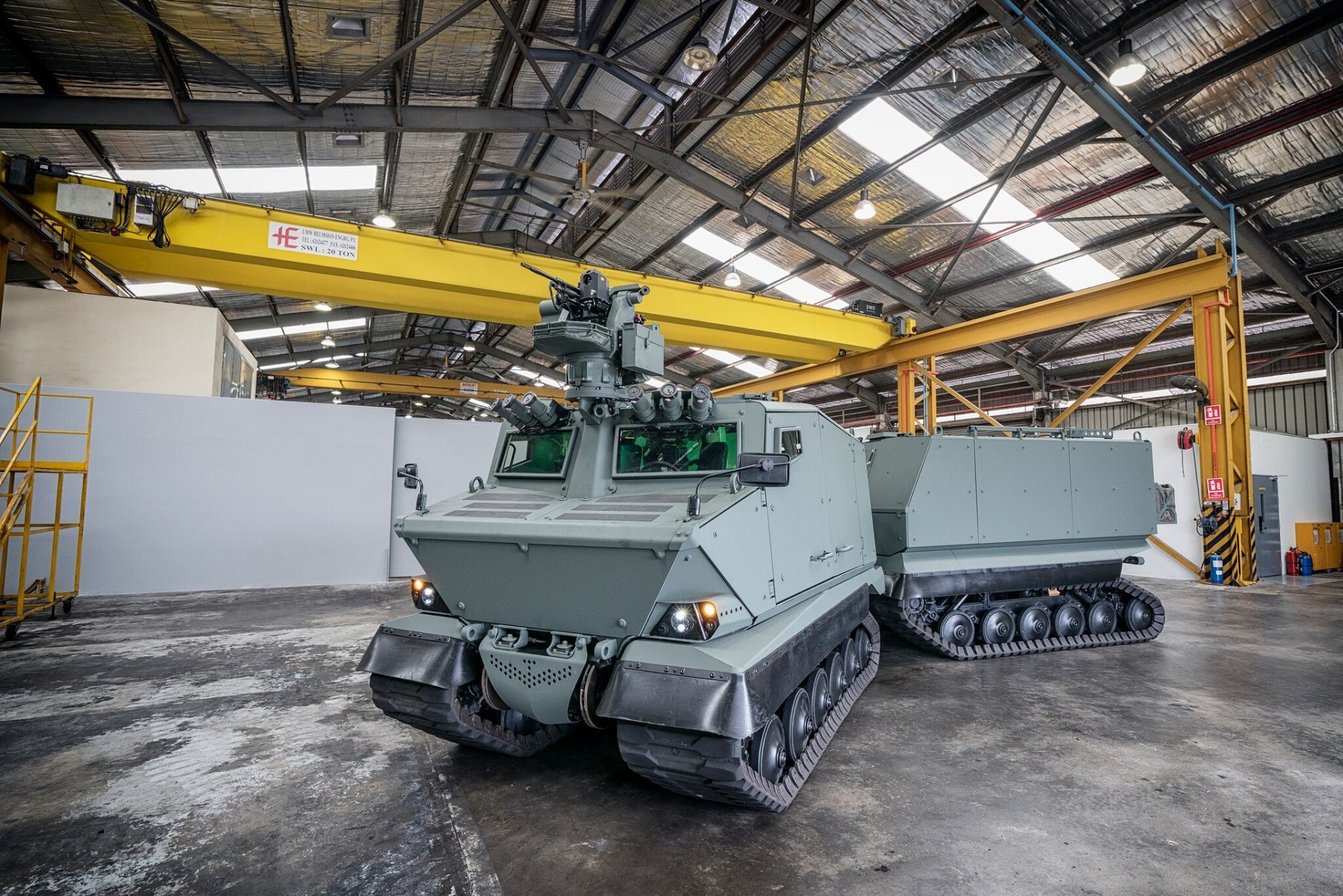
The Army's arsenal will also be boosted by the Next-Generation Howitzers.
Self-loading to shoot faster, these new assets require 60 per cent less manpower than the older Field Howitzer 2000.
In the cyber domain, the recently formed Digital and Intelligence Service is continuing to build on its capabilities while working with other national agencies to defend against cyber threats.
When the SAF digital range is completed in 2026, it will allow cyber defenders to scale as well as to add complexity and realism to their training in the digital domain, noted Dr Ng.
He added that the SAF has invested heavily in building up advanced new training facilities – such as the upcoming SAFTI City – and expanding training areas overseas. This is to make training more realistic and effective for servicemen and women.
"All in all, where it concerns hardware and systems for the SAF, our steady defence spending has built up an SAF that is modernised and effective with a full suite of capabilities against threats in the air, land, sea and cyberspace."
ALSO READ IN OPS & TRAINING

Exercise Wallaby 2025: To see better, shoot faster
31 Oct 2025
The SAF focuses on complex strike missions and multi-domain integration in Exercise Wallaby 2025, the 35th edition of its largest unilateral overseas exercise.

Ex Wallaby 25 – Greater Integration and Complexity
25 Oct 2025
The 35th edition of the SAF’s largest unilateral overseas exercise is an opportunity for expanded scale and deeper integration towards an effective, networked fighting force.

Ex Forging Sabre ramps up use of unmanned assets in integrated strike operations
12 Sep 2025
In this 10th edition of Exercise Forging Sabre, the SAF sharpened its cutting edge for the dynamic modern battlefield, with expanded integration between manned and unmanned platforms.

